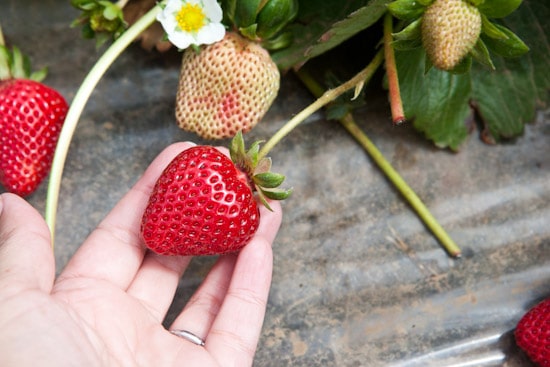
Last weekend I had the pleasure of traveling to Carmel Valley courtesy of the California Strawberry Commission to spend a couple days learning all about California strawberries. Even though I grew up in California and have been eating these delicious berries all my life, it turns out that I really didn’t know that much about strawberry farming in California so I was thrilled to be included in this adventure.
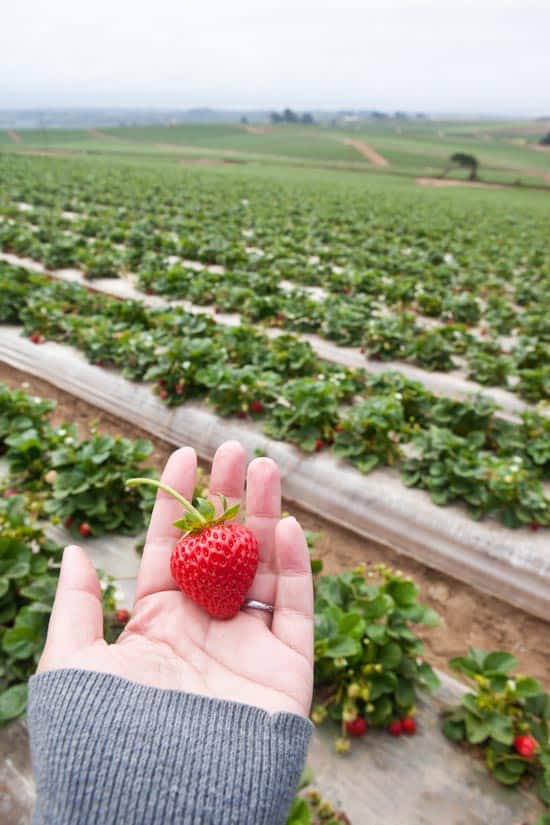
While I knew that we grow a lot of strawberries here, I didn’t realize that California is the nation’s leading producer of these delicious berries. You see, strawberries, just like many people, prefer to live near the ocean in a moderate climate. California’s coast has rich, sandy soils, ocean exposure, and moderate temperatures, which is the perfect combination for a year-round strawberry growing season. Because of this, four hundred family farmers grow strawberries on 40,000 acres from Orange County to the Monterey Bay. Since berries are grown here year-round, that amounts to about 88 percent of the nation’s strawberries being grown right here in California.

We had the pleasure of touring a couple of these strawberry farms in the Monterey Bay area, starting with Shinta Kawahara, a 27-acre family farm in Watsonville run by third generation strawberry farmer, Rod Koda. It was so much fun to be able to walk through a Watsonville strawberry field because I have many childhood vacation memories of driving through the town of Watsonville on our way from Madera to Santa Cruz and seeing the strawberry fields with beautiful red berries tempting us just off the road. My sister and I would always beg my mom to pull over so we could run out and pick a few. Well, I finally got my chance to pick and eat some Watsonville berries straight from the field.
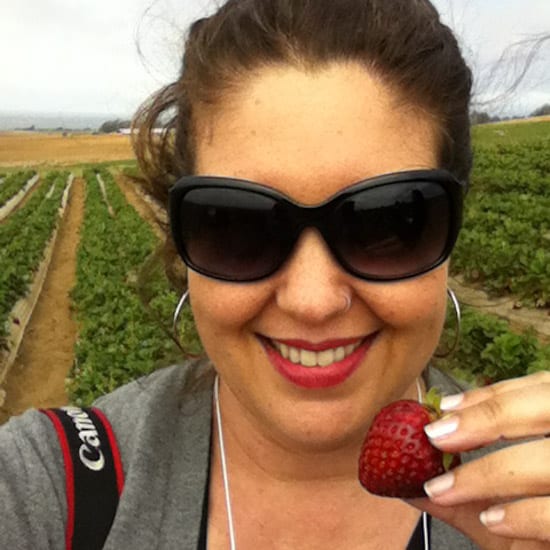
Shinta Kawahara is a beautiful farm, as I’m sure most strawberry farms must be. Although it was a bit foggy and overcast, the views were still breathtaking and we got occasional glimpses of the ocean as the clouds cleared.
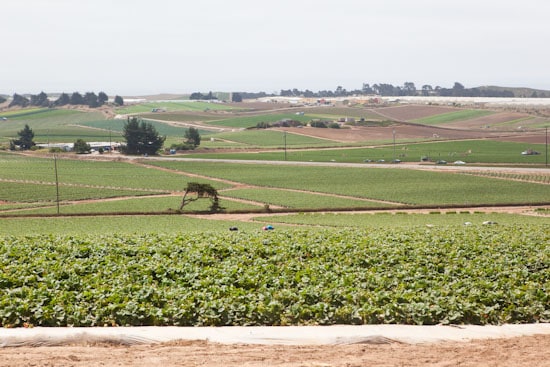
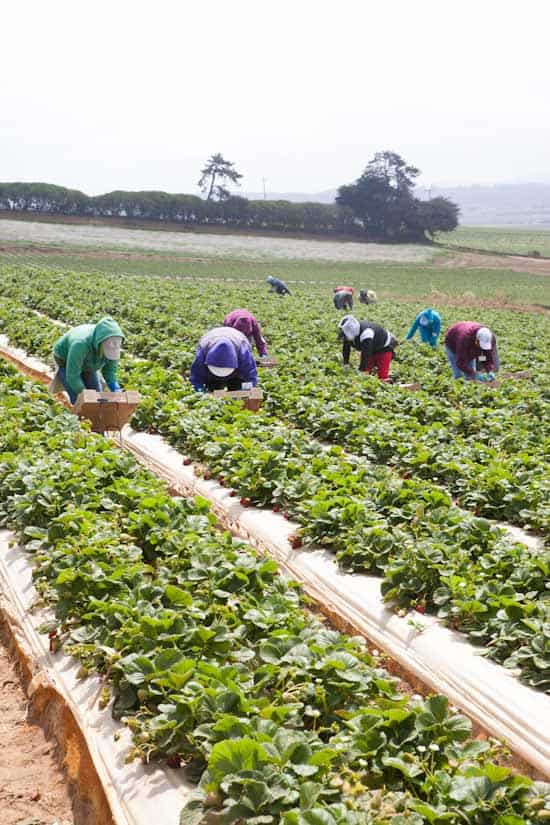
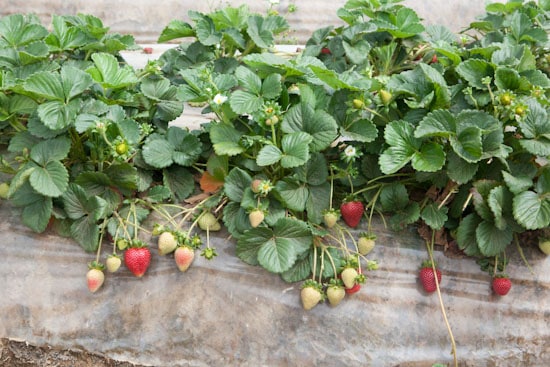
It was really interesting listening to Rod Koda talk about his farm – he was a passionate wealth of knowledge and seemed as excited to have us there as we were to be there. He talked about the history of the farm and we learned a bit about the differences between growing certified organic strawberries and conventional strawberries, both of which he grows on his farm. The line tends to blur between his organic and conventional growing practices. Strawberry farmers like Rod utilize certain practices on both organic and conventional crops to reduce the amount of sprays needed. These practices include the releasing of predator insects to control pests and a crazy contraption referred to as a bug vac (I don’t know what the actual machine is called) that actually rolls over the rows of berries and sucks up the offending bugs.
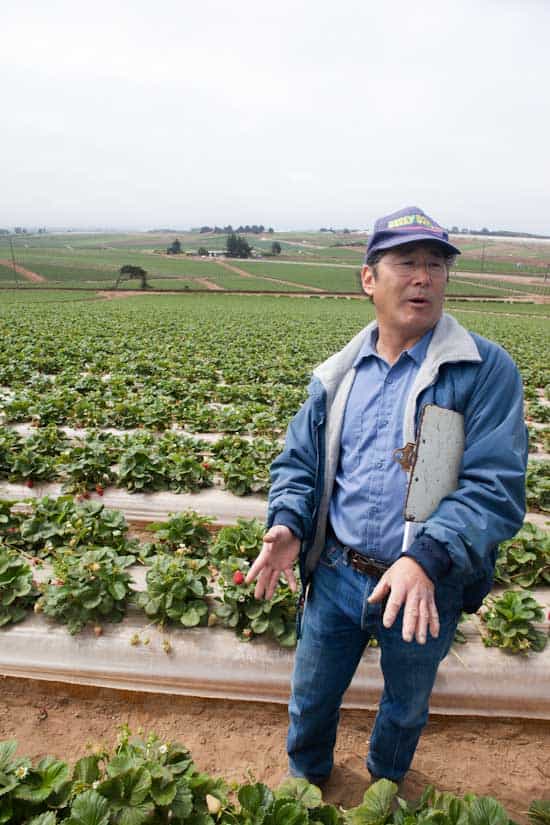
In addition to learning about farming from Rod, we were allowed to walk through his field to photograph, pick, and eat as many strawberries as we wanted. As you’ll see, we had lots of fun with that!
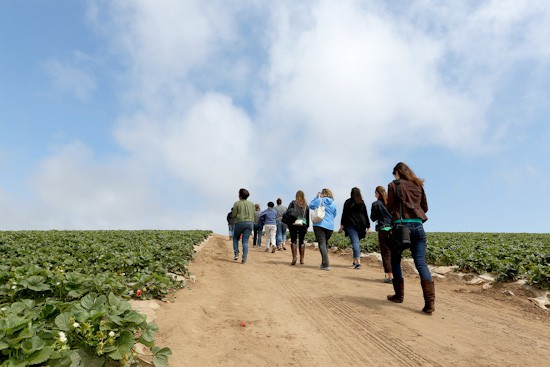
Photo courtesy of California Strawberries
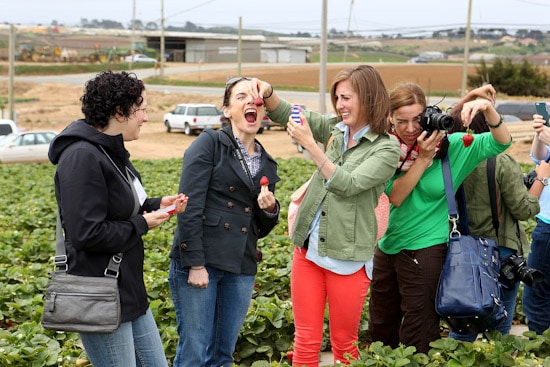
Photo courtesy of California Strawberries

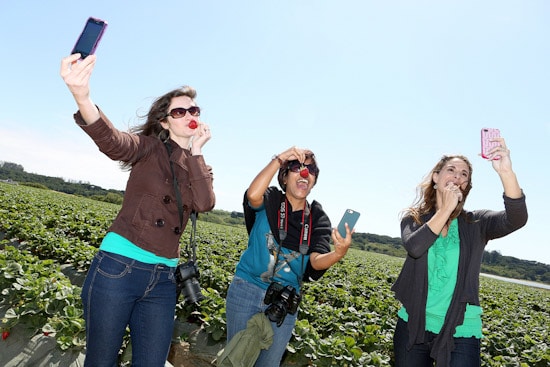
Photo courtesy of California Strawberries
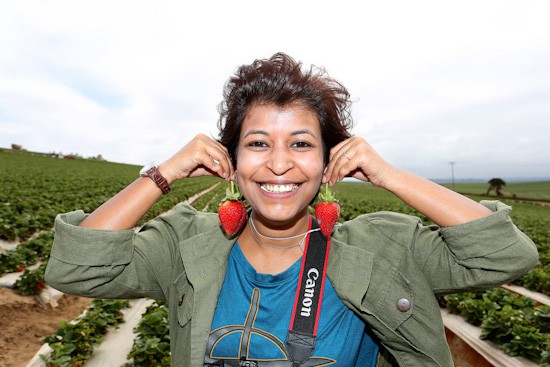
Photo courtesy of California Strawberries
I was part of such a fun group of bloggers on this tour, most of whom I hadn’t met before. We managed to stop eating strawberries long enough to pose for a group shot at Rod’s farm.
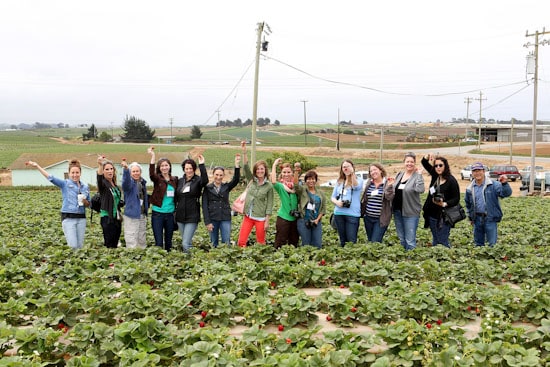
Photo courtesy of California Strawberries
Let me introduce everyone from left to right: Jodi from Garlic Girl, Mitzi from Nutrition Expert, Jill from The Veggie Queen, Kristianne from My San Francisco Kitchen, Jennifer a.k.a. Chef Jen from Playful Pantry, Laura from Superglue Mom, Jess from Sodium Girl, Kankana from Playful Cooking, Jennifer from Savory Simple, Amy from Cooking with Amy, Me, Claudya from Unknown Mami, and Rod Koda from Shinta Karahawa.
After our morning strawberry tour, we were treated to a hearty and delicious strawberry-themed lunch, which looked so good we all seemed to forget that we had been eating strawberries all morning!
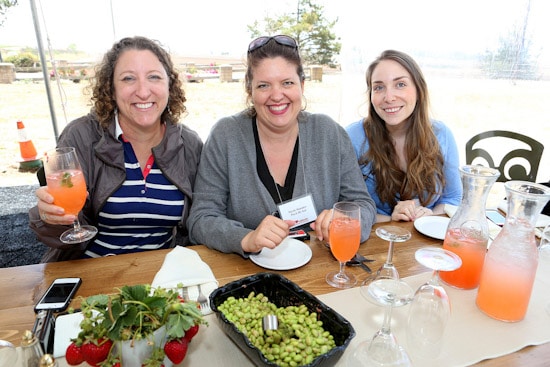
Photo courtesy of California Strawberries
Here’s Amy, Jennifer, and I enjoying strawberry lemonade before lunch is served.
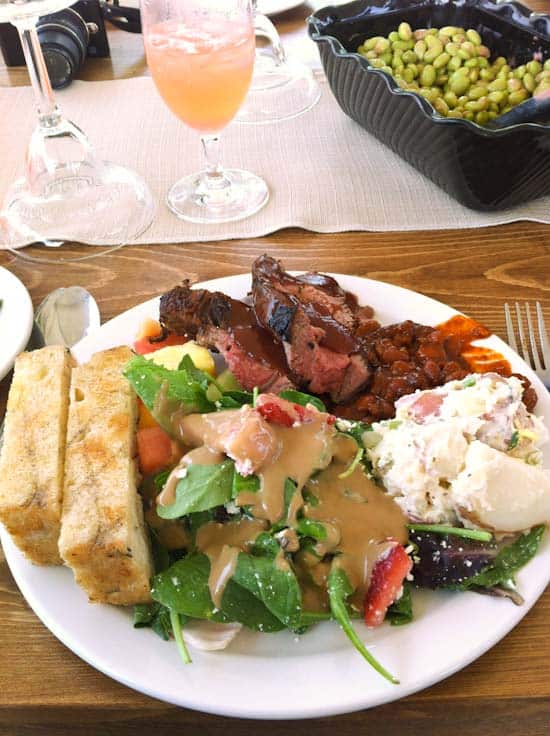
As you can see, we were definitely well fed! After lunch, our tour continued.
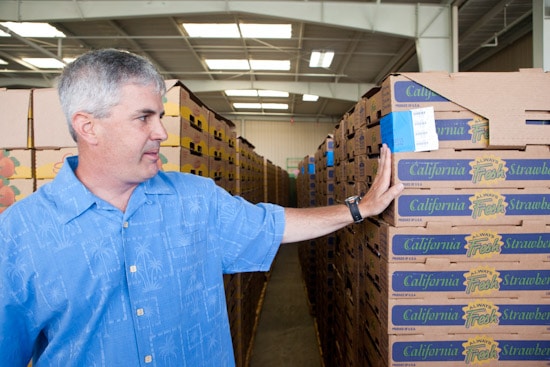
Our next stop was Berry Chill Cooler, where we met Ed Kelly, Jr., a strawberry grower and shipper. Ed talked to us about how the berries are stored and chilled once they’re picked. Strawberries are so perishable, that the speed in which they go from field to cooler is extremely important. Most of the berries go from field to cooler (at 33-34 degrees F) in an hour or less and are then shipped out by the end of the day. If for some reason the strawberries had to sit on the truck for an extra hour before being chilled, that could subtract an entire day from the shelf life of the berries.
We also learned how the strawberries are labeled so that if necessary a shipment can be traced back to the field it was picked and is so detailed that they can tell exactly when the berries were picked, who picked them, and which part of the field they came from.
Next, we headed into the cooler.
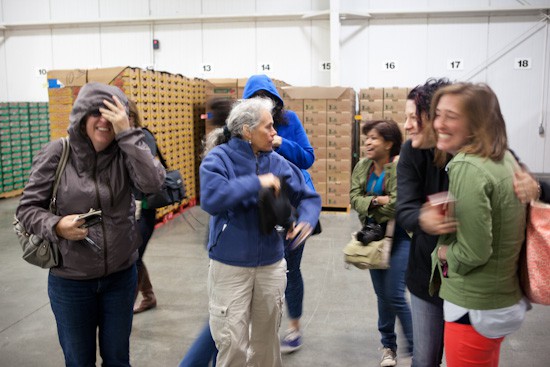
Luckily, this part of the tour was over quickly! Brrrrrr!
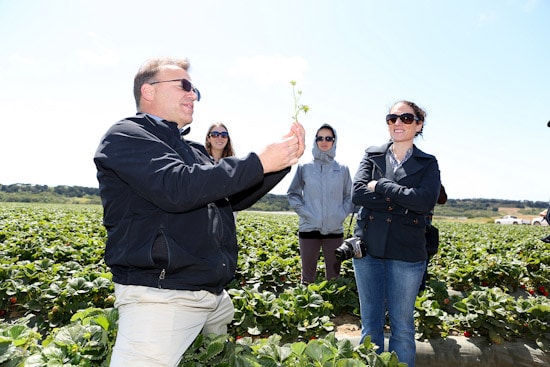
Photo courtesy of California Strawberries
Our last stop was another strawberry field at Elkhorn Ranch, where were learned a bit more about how strawberry plants are propagated and planted and, of course, picked and ate more berries.
In addition to the day-long strawberry tour, we enjoyed luxurious accommodations at Carmel Valley Ranch, which included strawberry cocktail receptions and wonderful strawberry-themed meals including delicious dinners prepared by Chef Tim Wood.
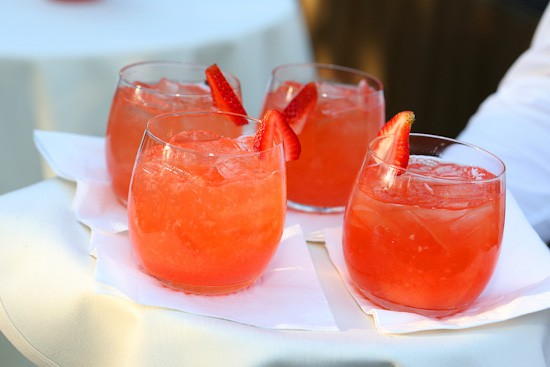
Photo courtesy of California Strawberries
It was a truly wonderful experience and I learned a lot about one of my favorite California crops. If reading about my strawberry adventure has you craving strawberries, here are some of my past strawberry recipes to tempt you. Enjoy!
Strawberry Bruschetta with Balsamic Vinegar and Basil
Strawberry-Blueberry Buttermilk Cake
Green Salad with Strawberries, Blue Cheese, Glazed Walnuts, and Strawberry Balsamic Vinaigrette
Disclaimer: I was a guest of the California Strawberry Commission and was compensated for my time in writing about my experience.
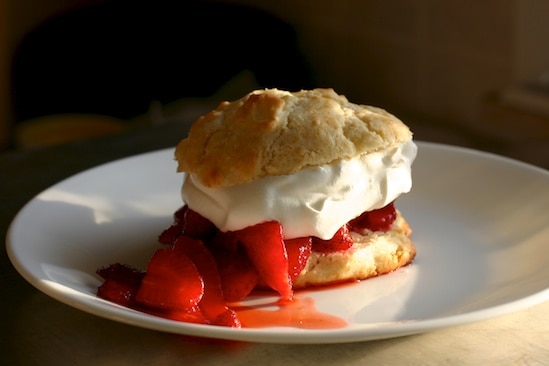
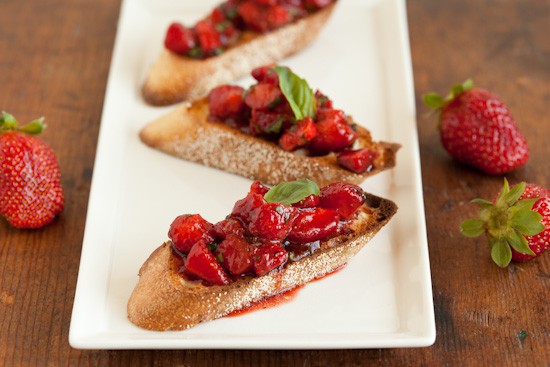
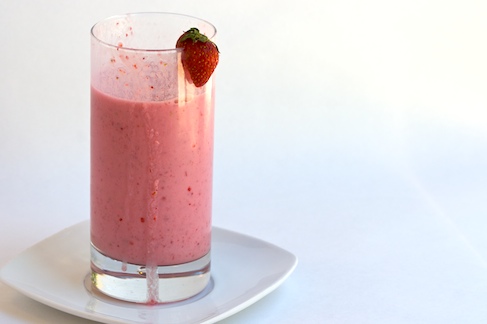
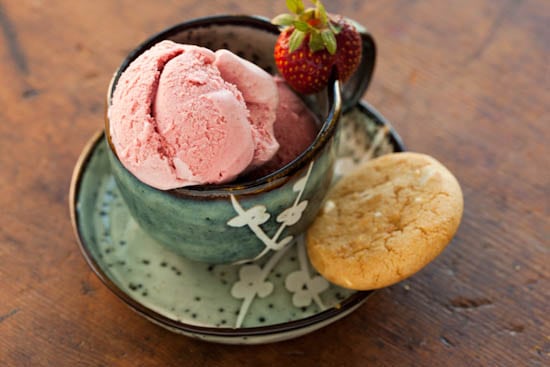
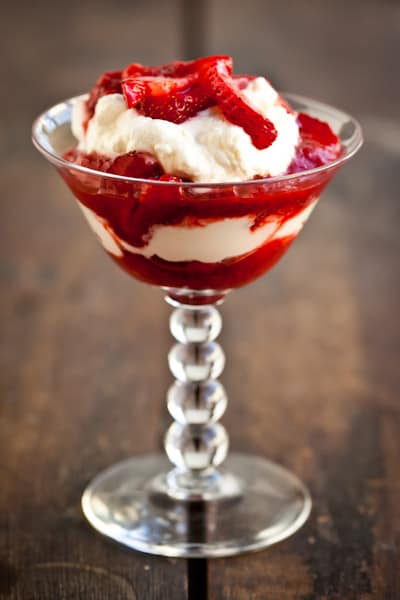
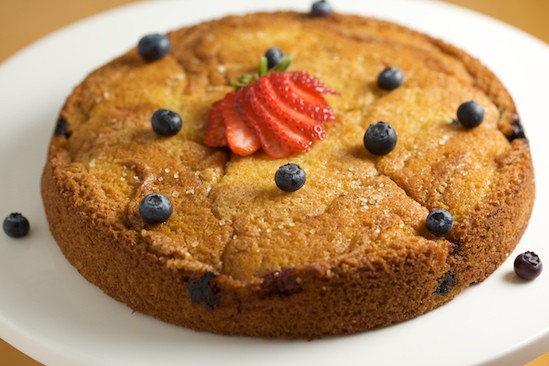
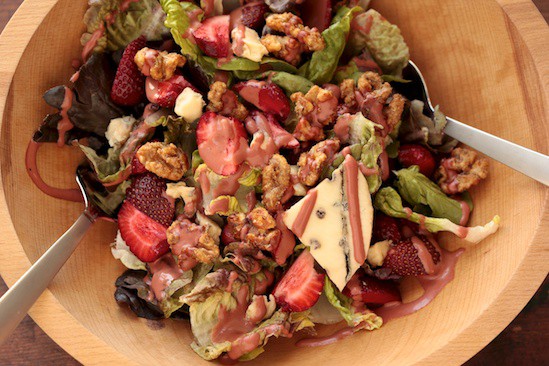
Pamela @ Brooklyn Farm Girl says
Olga @ MangoTomato says
Amy says
mr. & Mrs. P says
Connie says
Jen Harris says
Lisa @ Je suis alimentageuse says
Erika Mendez says